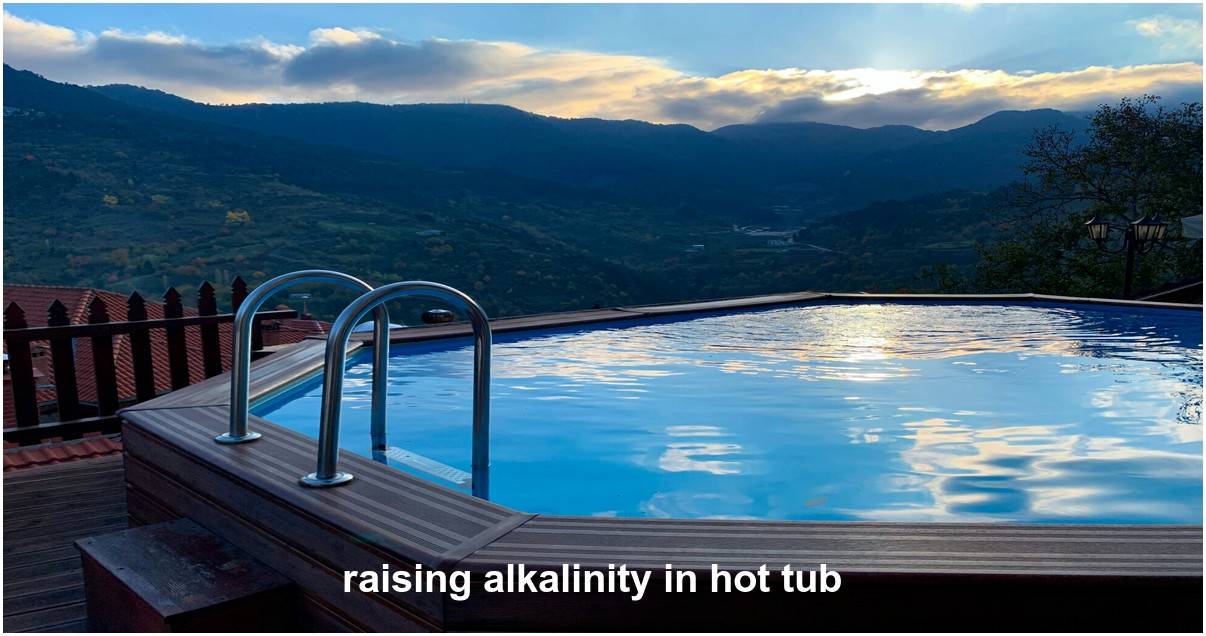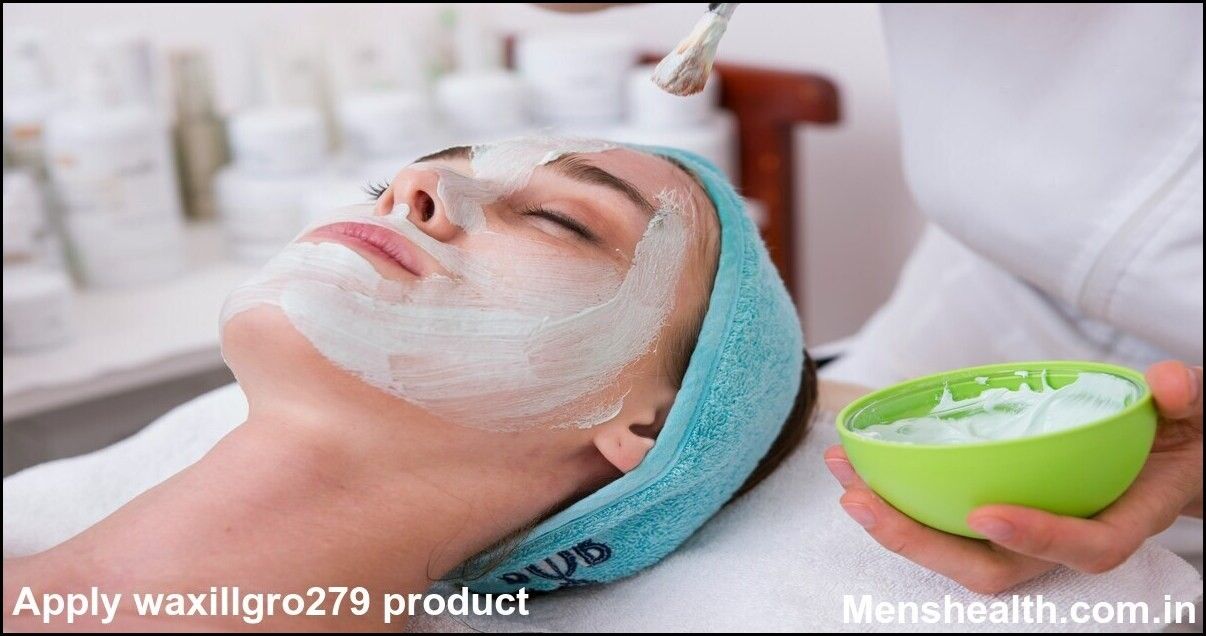Why Alkalinity Balance Matters
If you’ve ever stepped into your hot tub and noticed cloudy water, itchy skin, or fluctuating pH levels, chances are your alkalinity is off balance. Alkalinity might not be the most talked-about topic in hot tub care, but it’s the foundation of stable, healthy water chemistry.
In simple terms, alkalinity acts as a buffer for pH—helping prevent sudden changes that can damage your spa equipment, irritate skin, and waste chemicals. Without the right alkalinity level, maintaining balanced water becomes a frustrating cycle.
This guide brings together expert-backed advice, real maintenance experience, and chemistry clarity to help you raise and stabilize alkalinity effectively. Whether you’re a new hot tub owner or a long-time spa enthusiast, by the end of this article you’ll understand why, how, and when to adjust alkalinity — and how to keep it balanced naturally.
Understanding Alkalinity in Hot Tubs
Before you can fix alkalinity, it helps to know what it really means.
Total alkalinity (TA) measures the concentration of alkaline substances—mainly bicarbonates—in your water. It’s expressed in parts per million (ppm) and acts as a buffer for pH, preventing it from swinging wildly up or down.
Ideal alkalinity range:
- 80–120 ppm is considered optimal for most hot tubs.
When alkalinity drops below 80 ppm, the water becomes acidic and unstable, causing:
- Rapid pH fluctuations
- Corrosion of metal components
- Etching of spa surfaces
- Skin and eye irritation
When alkalinity rises above 120 ppm, it can lead to:
- Cloudy water
- Scaling on heater elements
- Difficulty adjusting pH
Think of alkalinity as the foundation of your water chemistry. Without it, everything else you add—pH adjusters, sanitizers, and shock treatments—becomes harder to control.
How to Test Alkalinity Levels Correctly
Testing your water is the first—and most important—step in balancing alkalinity. Modern testing tools make this simple.
Testing Tools
- Test Strips:
Affordable and fast. Simply dip a strip in the water, wait a few seconds, and compare the color to the chart. - Liquid Test Kits:
More accurate and often used by spa professionals. A few drops of reagent added to a water sample can precisely show alkalinity and pH. - Digital Testers:
Provide quick, accurate digital readings — ideal for frequent testers or those who want convenience.
Testing Tips
- Test at least twice per week or after heavy use or rainfall.
- Run your jets for a minute before testing to circulate water.
- Test at water surface level, not near jets or intakes.
- Wait at least 24 hours after adding chemicals before retesting for accuracy.
Expert Insight:
Consistent testing not only maintains alkalinity but also saves money on chemicals and prolongs the life of your spa components.
Causes of Low Alkalinity in Hot Tubs
Low alkalinity isn’t random—it’s often caused by simple chemical or environmental factors. Understanding these causes helps you prevent recurring imbalances.
Common Causes
- Overuse of Acidic Sanitizers or pH Reducers:
Chlorine and bromine-based sanitizers, especially dichlor, can gradually lower alkalinity. - Rainwater and Tap Water:
Rain is naturally acidic, and some municipal water sources start with low alkalinity. - Shock Treatments:
Non-chlorine shocks or too much oxidizer can drive alkalinity down quickly. - Excessive Cleaning with Vinegar or Acidic Solutions:
While great for removing scale, these can strip away buffering compounds.
Prevention
- Always retest after rain or refilling your tub.
- Balance chemicals gradually instead of dumping in large doses.
- Keep a log of your water readings — patterns reveal the cause of persistent drops.
Step-by-Step Guide to Raising Alkalinity
Once you’ve confirmed low alkalinity, here’s how to raise it safely and effectively.
Step 1: Turn Off Jets and Circulation
Before adding any chemicals, turn off jets and blowers. This prevents the product from dispersing unevenly and allows for better mixing once the system restarts.
Step 2: Measure Current Alkalinity
Test your water and note the exact reading. For example, if your alkalinity is 60 ppm, you’ll need to raise it by about 40 ppm to reach the safe zone.
Step 3: Choose Your Alkalinity Increaser
You have two main options:
- Sodium Bicarbonate (Baking Soda):
A gentle, natural, and inexpensive way to raise alkalinity. - Commercial Alkalinity Increaser:
Usually contains the same active ingredient (sodium bicarbonate) but may dissolve more easily.
Step 4: Calculate How Much to Add
A general rule of thumb:
1.5 tablespoons of baking soda per 100 gallons of water increases alkalinity by about 10 ppm.
Example:
For a 400-gallon hot tub reading 60 ppm:
To raise it by 40 ppm, you’ll need approximately 24 tablespoons (1.5 cups) of baking soda.
Step 5: Add the Increaser
- Pre-dissolve the baking soda in a bucket of warm water.
- Pour it slowly around the edges of the tub.
- Turn on the circulation system for at least 2–4 hours to distribute it evenly.
Step 6: Retest and Adjust
After 6–12 hours, retest alkalinity.
If it’s still low, repeat in smaller increments. Avoid overcorrecting — too high alkalinity can cause cloudy water and scaling.
Pro Tip:
Always balance alkalinity first, then pH. Adjusting pH before stabilizing alkalinity often leads to frustrating back-and-forth changes.
Natural and Alternative Ways to Stabilize Alkalinity
While baking soda remains the most effective natural alkalinity booster, other practices help maintain long-term stability.
1. Use a Pre-Filter for Fill Water
A pre-filter removes metals and minerals that can alter your water chemistry, making it easier to maintain ideal alkalinity from the start.
2. Maintain Consistent Circulation
Good circulation ensures chemicals are evenly distributed, reducing “dead zones” where pH or alkalinity can fluctuate.
3. Regularly Rinse and Clean Filters
Dirty filters trap contaminants that can cause acidity buildup. Clean them weekly and deep-clean monthly.
4. Use Alkalinity Balancers Sparingly
Overuse of any chemical, even natural ones, can throw off balance. Aim for gradual adjustments and frequent testing.
5. Avoid Over-Shocking
Shock treatments are vital, but using them too often can deplete alkalinity and destabilize your pH buffer.
Common Mistakes and Troubleshooting Tips
Even well-intentioned hot tub owners sometimes make errors that worsen water quality. Here’s how to avoid them:
Mistake 1: Adding Too Much Too Fast
Dumping large amounts of baking soda at once can spike alkalinity and make water cloudy.
Fix: Add gradually and retest after circulation.
Mistake 2: Ignoring pH Balance
Alkalinity and pH are connected. Once alkalinity is within range, check that your pH sits between 7.4 and 7.6.
Mistake 3: Mixing Products Improperly
Never mix different chemicals before adding them to your spa water. Each should be added separately.
Mistake 4: Using Household Cleaners
Only use spa-specific or pH-neutral products. Household soaps or vinegar can drastically alter water chemistry.
If You Overshoot Alkalinity
- Use a pH decreaser (sodium bisulfate) in small amounts.
- Run jets for several hours and retest.
- Allow time; levels often self-stabilize with aeration and use.
Long-Term Maintenance Habits for Healthy Water
Maintaining alkalinity isn’t a one-time fix—it’s part of an ongoing routine that keeps your spa safe, efficient, and inviting.
Weekly Routine
- Test alkalinity and pH twice per week.
- Clean filters and check for residue or foam.
- Adjust chemistry in small increments.
Monthly Maintenance
- Deep clean filters.
- Check heater and jets for scale buildup.
- Drain and refill if water becomes unstable despite corrections.
Seasonal Tasks
- Fully drain and refill your hot tub every 3–4 months.
- Inspect seals, gaskets, and jets for wear or corrosion.
- Balance alkalinity and pH before adding new sanitizers.
Consistency is key. A few minutes of regular care prevents expensive repairs and ensures clear, safe, and comfortable water year-round.
Expert Tips to Keep Water Crystal Clear
Drawing on years of spa maintenance experience, here are a few professional-level insights:
- Keep a Water Log: Record alkalinity, pH, and sanitizer levels after each test. It helps identify recurring issues.
- Balance After Refills: Fresh water is often unbalanced; always test before first use.
- Use a Floating Thermometer: Temperature changes affect chemical reactions — maintaining 100–104°F keeps readings stable.
- Avoid “Chemical Chasing”: Overcorrecting one problem often causes another. Take small, deliberate steps.
These small habits set apart casual owners from those who enjoy consistently pristine water.
10. Conclusion and Key Takeaways
Balanced alkalinity is the backbone of a healthy, enjoyable hot tub experience. It ensures that pH stays stable, equipment lasts longer, and every soak feels comfortable and refreshing.
Key takeaways:
- Ideal alkalinity range: 80–120 ppm
- Test twice weekly and adjust gradually
- Baking soda is a safe, natural increaser
- Always balance alkalinity before adjusting pH
- Routine care keeps chemistry stable and costs low
By following these expert-backed methods, you’ll not only fix alkalinity issues but also create a spa environment that’s clear, inviting, and worry-free — every single time.
FAQs
1. Can I use baking soda to raise alkalinity in my hot tub?
Yes. Baking soda (sodium bicarbonate) is safe, affordable, and effective for raising alkalinity naturally.
2. How long should I wait before using the hot tub after adjusting alkalinity?
Wait at least 6–12 hours to let the chemicals circulate and stabilize before soaking.
3. What causes my alkalinity to keep dropping?
Acidic sanitizers, frequent shocks, and rainfall are common culprits. Regular testing and gradual adjustments can prevent recurring drops.
4. Should I adjust pH or alkalinity first?
Always balance alkalinity first, as it stabilizes pH and prevents repeated corrections.
You May Also Read: Best Septic Systems For Non Perk Land




